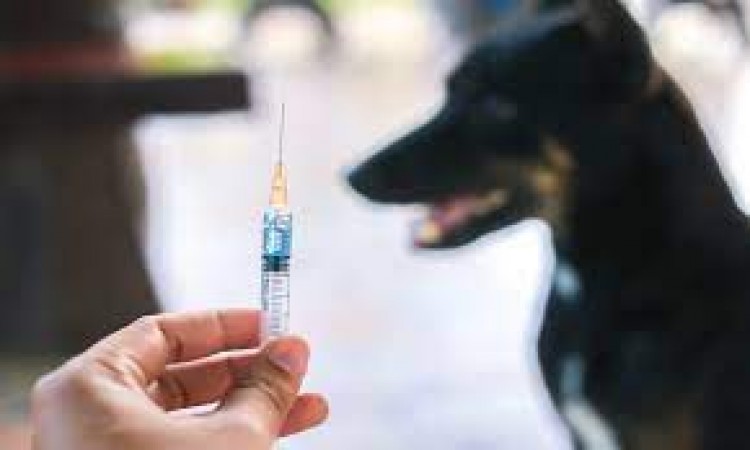
Rabies is caused by the rabies virus, which belongs to the Rhabdoviridae family. The virus is typically spread through the saliva of an infected animal, usually through bites. The primary carriers of the virus are wild animals such as bats, raccoons, skunks, and foxes. Domestic animals like dogs and cats can also contract and transmit rabies if they are not vaccinated.
When an infected animal bites a human, the virus can enter the body through the wound. From there, it travels along nerve pathways towards the central nervous system (CNS), including the brain. The virus's incubation period can vary, ranging from a few weeks to several months, during which symptoms might not be apparent.
As the virus progresses within the body, symptoms begin to appear. These symptoms can be categorized into two phases: the prodromal phase and the acute neurological phase.
In the initial phase, which typically lasts 2 to 10 days, the following general symptoms may arise:
As the virus reaches the CNS, more severe symptoms manifest:
Rabies is an incredibly serious disease, and once clinical symptoms appear, it's almost always fatal. Therefore, seeking medical attention immediately after being bitten by an animal is crucial. A series of post-exposure prophylaxis (PEP) shots are administered to prevent the virus from spreading within the body. PEP involves a combination of rabies immune globulin and rabies vaccine doses.
The old saying "prevention is better than cure" holds particularly true for rabies. Here are some steps you can take to protect yourself and your pets:
Ensure your pets, especially dogs and cats, are up-to-date with their rabies vaccinations. This not only safeguards them but also reduces the risk of transmission to humans.
Steer clear of unfamiliar animals, particularly those behaving strangely. Avoid contact, as even a minor scratch or bite can transmit the virus.
Report any animals that are acting strangely or are potentially rabid to local animal control authorities. This helps prevent the spread of the virus to other animals and humans.
If you've been scratched or bitten by an animal, thoroughly clean the wound with soap and water for at least 10 minutes. Consult a healthcare provider immediately. Rabies is a deadly viral disease that demands swift action. Understanding the causes, recognizing symptoms, and seeking timely medical attention after exposure are crucial steps in preventing the progression of this disease. By taking preventative measures and prioritizing vaccination, we can collectively reduce the risks associated with rabies and protect both ourselves and our furry companions.
Yoga Asanas for Enhanced Sexual Health: A Holistic Approach
Yoga: A Multifaceted Gift to the World from Ancient India
Yoga Asanas for Pregnancy: Benefits, Precautions, and Detailed Guidance